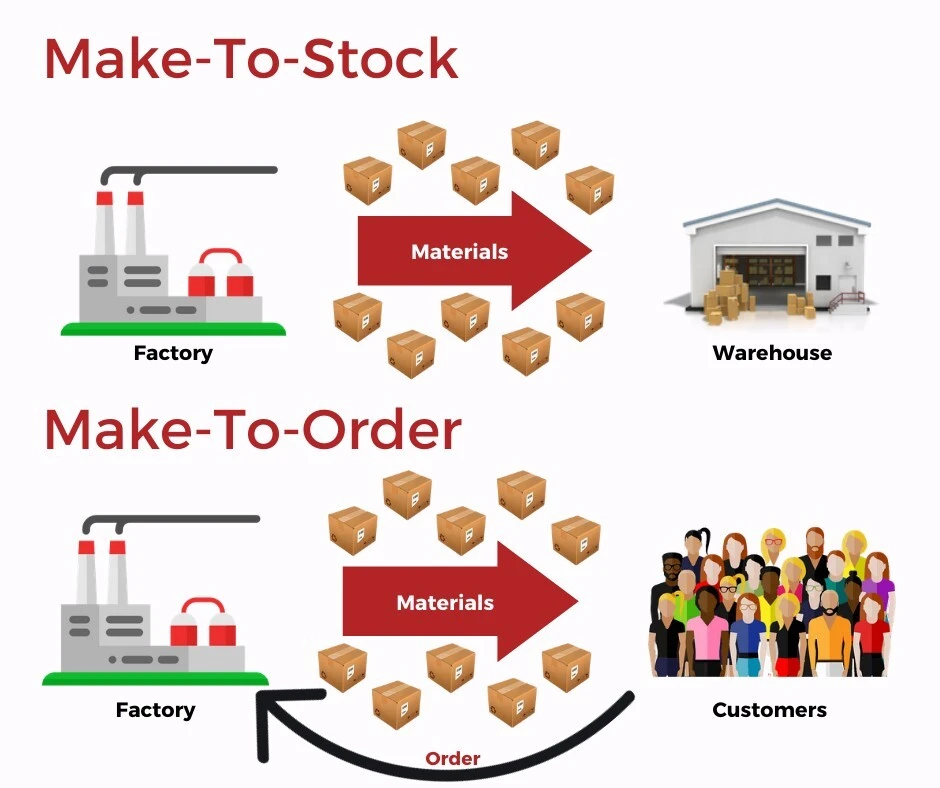The delivery of a product is a company’s last chance to touch base with a customer or to make an impression. The customer will not be impressed with the company if their product is late, damaged, or never arrives. Many great businesses leave shipping efficiency as an afterthought. However, your business will evaporate if your supply chain is lacking. It’s that simple.
Say goodbye to late deliveries because of a problem with your supplier, incorrect inventories, and overwhelmed management. By streamlining your supply chain, you can erase these avoidable issues in your operations.
What is a supply chain and how does one manage it?
A supply chain is a system of organizations, people, activities, information, and resources involved in moving a product or service from supplier to customer. Supply chain activities involve the transformation of natural resources, raw materials, and components into a finished product that is delivered to the end customer. So, what does that mean? To make it simple, we’ll take it step by step.
First, it starts with the customer order. Understand how the order is processed, how it comes into the organization, and how to react. Have you optimized this process with an automated system?
Next, recognize what kind of manufacturer you are, or with whom you are working. Do you or your manufacturer make things to order? Or keep them in stock? Knowing this, you can define what you can promise to your customers. Made-to-order manufacturers need to account for the manufacturing cycle time and manage their raw material inventories. Being able to promise accurate “order to delivery” cycle times can make or break a small business.
Make-to-stock manufacturers typically have available inventory ready to promise. Distributors can take the stock directly from a chosen warehouse location and begin the shipping process. If you are promising more to your customers than what you can deliver, disastrous consequences can arise.
Now, consider your lead times. Managing your supply chain lead times accurately results in more satisfied customers, and more satisfied customers result in more sales. Did the customer not receive their shipment on time? Do you know how long it takes to process an order, transit times, inspection, etc.? These problems may be easily avoided if companies deliberately manage their lead times throughout the supply chain process.

Is make-to-order better than make-to-stock?
There is no one size fits all, and in some cases, companies are both. Make-to-stock items are beneficial for fast-moving items. Suppliers can avoid high levels of inventory sitting in their warehouse by knowing which items fly off the shelves, and which take longer to sell. Make-to-order companies often have lower inventory levels. Additionally, make-to-order companies have lower levels of capital associated with the inventory, but have longer order-to-delivery cycle times. Can your business thrive in this environment? The make-to-stock company chooses the trade-off of higher inventories and the associated capital required for faster response times to customers.
If your company is ineffective in managing your supply chain, you can be neither type of company. This is NOT where you want to be. We’ve seen many make-to-stock companies that have a hard time managing their inventory levels, resulting in out-of-stock situations. When a customer places an order with a make-to-stock company, speed is everything. If the item isn’t available, your customer will look for an alternative supplier. For the make-to-order companies, having necessary raw materials in stock and available so you can start production as quickly as possible is just as important as the finished goods inventory is to the make-to-stock company.
Tip: While it can be beneficial to consolidate your vendors, it is also key to have a back-up to your primary vendor. What if your primary vendor is late? Having a second option can be imperative for on-time deliveries. Additionally, keeping a close eye on your sourcing and supplier management will ease some of these issues. Conduct timely sourcing exercises to ensure your supplier fits all your needs. Find other suppliers to compare and see if they are offering something that your current supplier is not, or if they can manufacture your product in a more efficient way.
Keeping track of inventory
Keeping track of your inventory is easier than it sounds. You should do a complete inventory count once a year. To ease this daunting task, try cycle counts. If you have a large inventory, cycle counts can help with the workload. I once worked at a university bookstore in college and we had an enormous inventory. To overcome this, we did cycle counts once a week for a handful of items on top of yearly inventory. The small cycle counts helped with time and stress come inventory day. Make sure to cross-reference your physical inventory counts with your system to ensure correct inventory data.
It is important to optimize your supply chain in order to grow your small or medium business and effectively make sure your operation is running smoothly. No longer must you deal with late deliveries, incorrect inventories, and overwhelmed management. By streamlining your supply chain, you can erase these avoidable issues within your operations.
So, does your supply chain measure up?